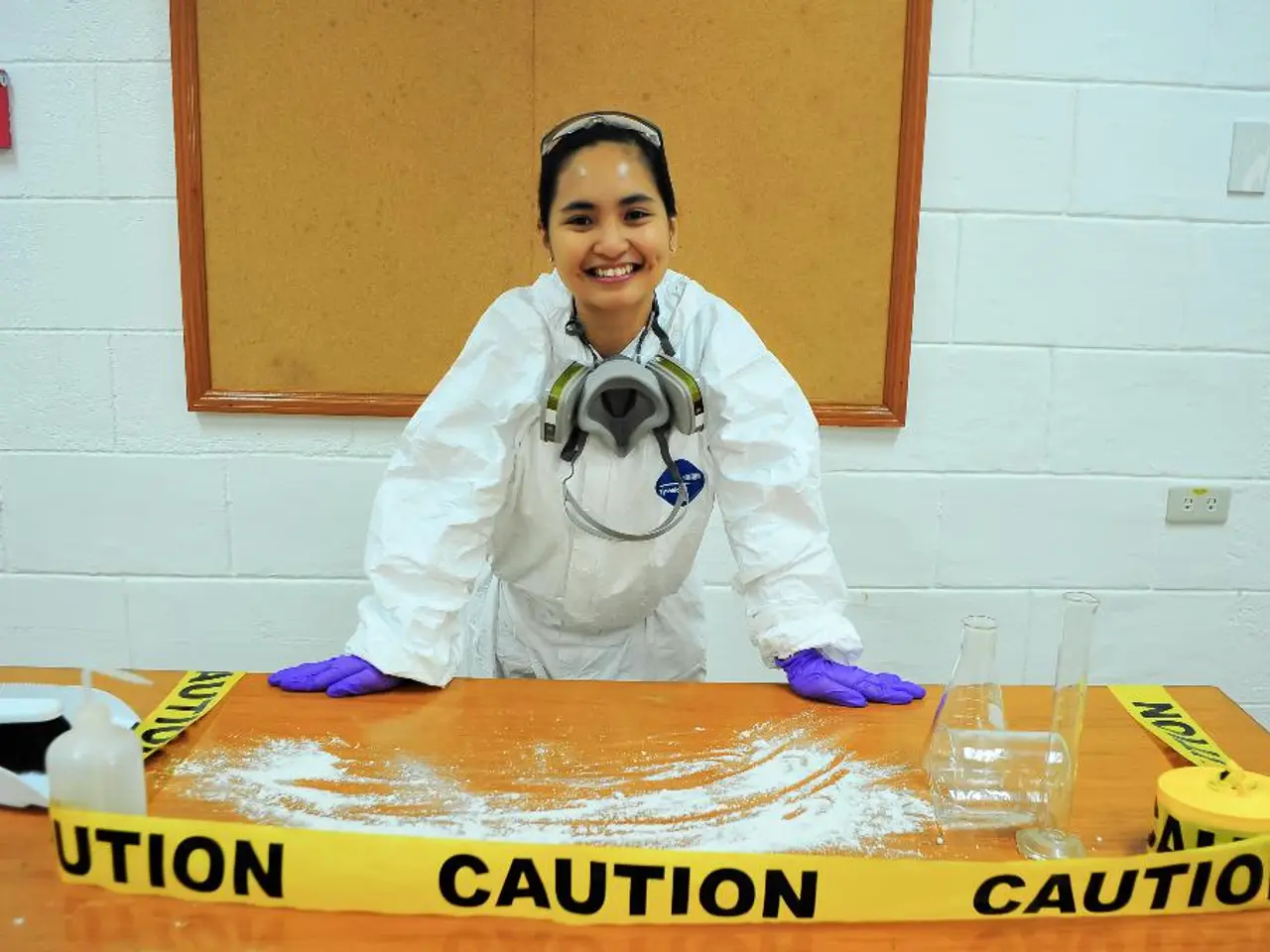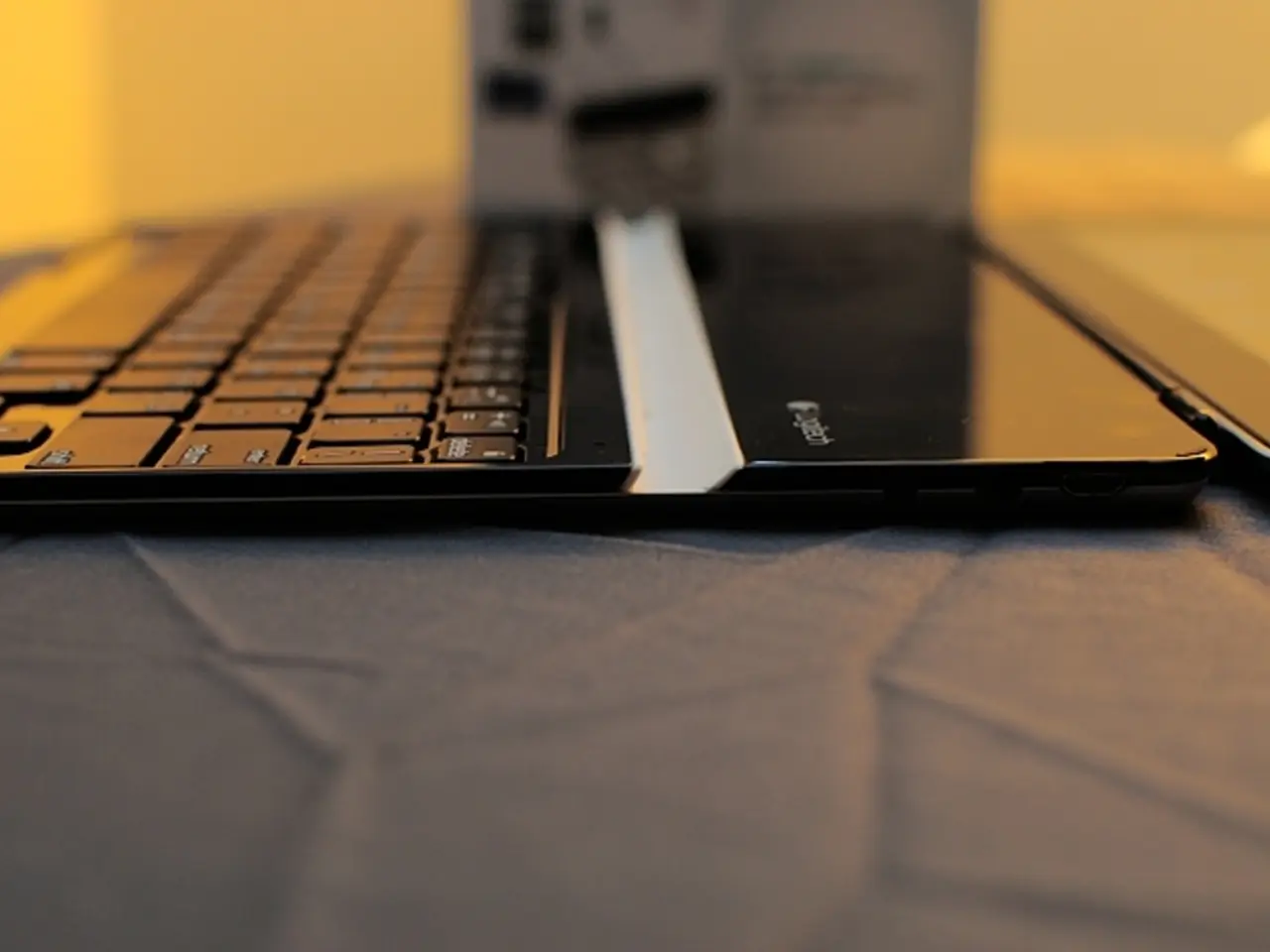Analysis of Ionic Contamination in Printed Circuit Boards (PCBs)
In the intricate world of electronics, a silent menace lurks - ionic contamination in PCBs. This contamination, often a result of residues from flux, handling, environmental pollutants, inadequate cleaning processes, and materials involved in manufacturing and assembly, can have far-reaching implications.
Ionic Contaminants and Their Origins
Ionic contaminants can include salts, organic/inorganic acids, flux activators, and plating chemistries. Common sources include flux residues left after soldering, which often contain ionic species like salts or acids that can remain on the PCB surface if not properly cleaned. Other sources include handling contamination, chemical pollutants and dust introduced during manufacturing, inadequate cleaning after processes like soldering and plasma etching, materials and tooling contamination, and airborne particulate contamination from plasma chambers or exhaust gases.
The Impact of Ionic Contamination
Ionic contamination can accelerate corrosion in PCBs when in contact with moisture. Moisture trapped in PCB layers can increase the risk of short-circuits when in contact with ionic contaminants. Moreover, ionic contamination testing, performed through ROSE and ion chromatography tests, has revealed the presence of solder defects caused by insufficient flux.
Testing and Prevention Strategies
To combat this issue, the electronics industry relies on trusted analytical processes such as the ROSE test, sometimes referred to as six sigma processes. The Ionographs system is another tool used for dynamic testing of ionic contamination in electronic components and circuit boards. This method monitors the level of no-clean flux applied during spray or foam fluxing to help avoid electrical failures due to excessive flux deposits. The Ionograph method also measures the quality of electronic components and circuit boards before flux application, helping to avoid encapsulation of contaminants.
Preventing such contamination requires strict cleaning protocols, controlled environments, and careful process and material management. It is crucial that testing is done under the set IPC (Association Connecting Electronics Industries) standards to ensure the highest quality and reliability in PCBs.
In conclusion, understanding the primary sources of ionic contamination - flux residues, environmental dust and salts, inadequate cleaning processes, and contamination from materials and tooling involved in PCB manufacture and assembly - is the first step towards mitigating this issue and ensuring the longevity and reliability of electronic devices.
In the realm of science and technology, understanding medical-conditions related to electronics, such as corrosion caused by ionic contamination in PCBs, is essential for maintaining device reliability.
To combat ionic contamination in the medical field, both testing strategies like ROSE tests and prevention methods such as controlling environments and managing materials are employed, ensuring the highest quality and reliability in PCBs.




